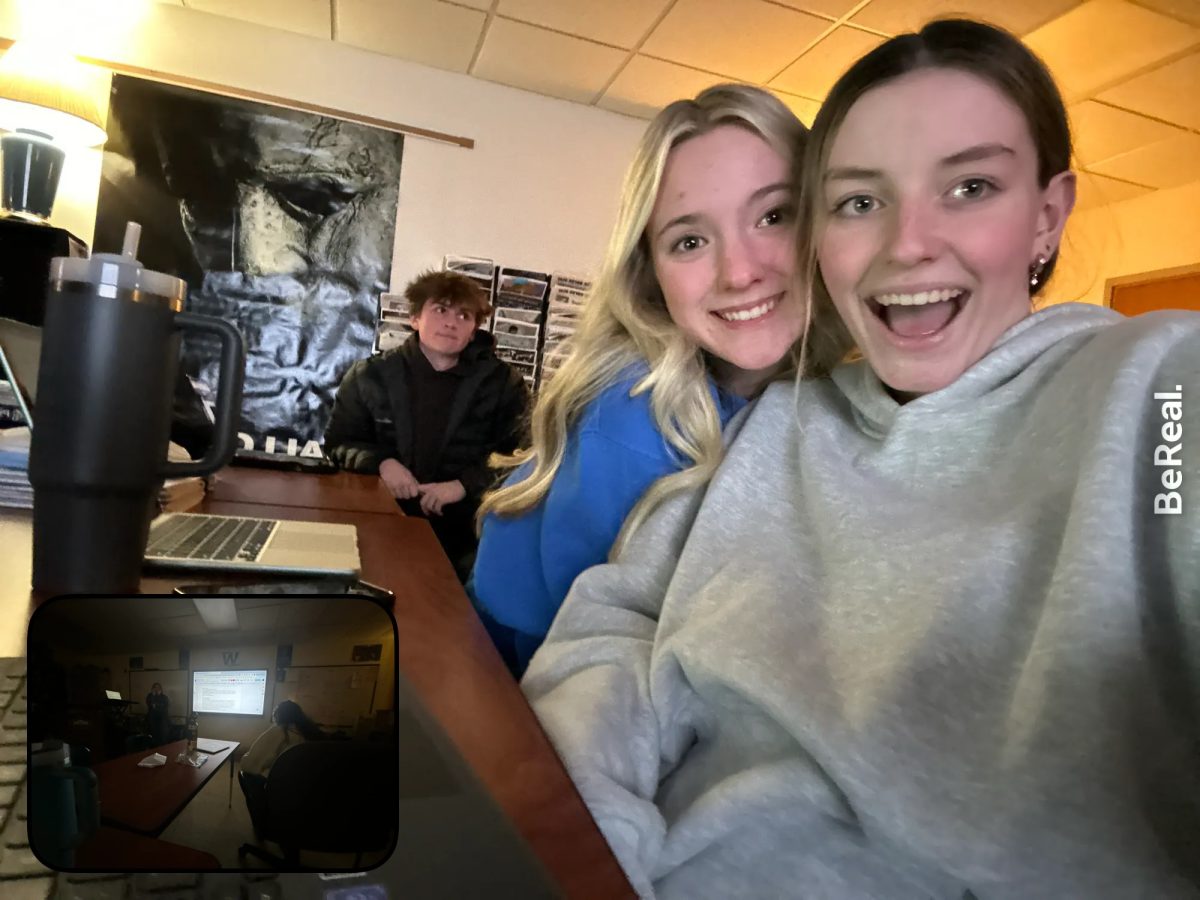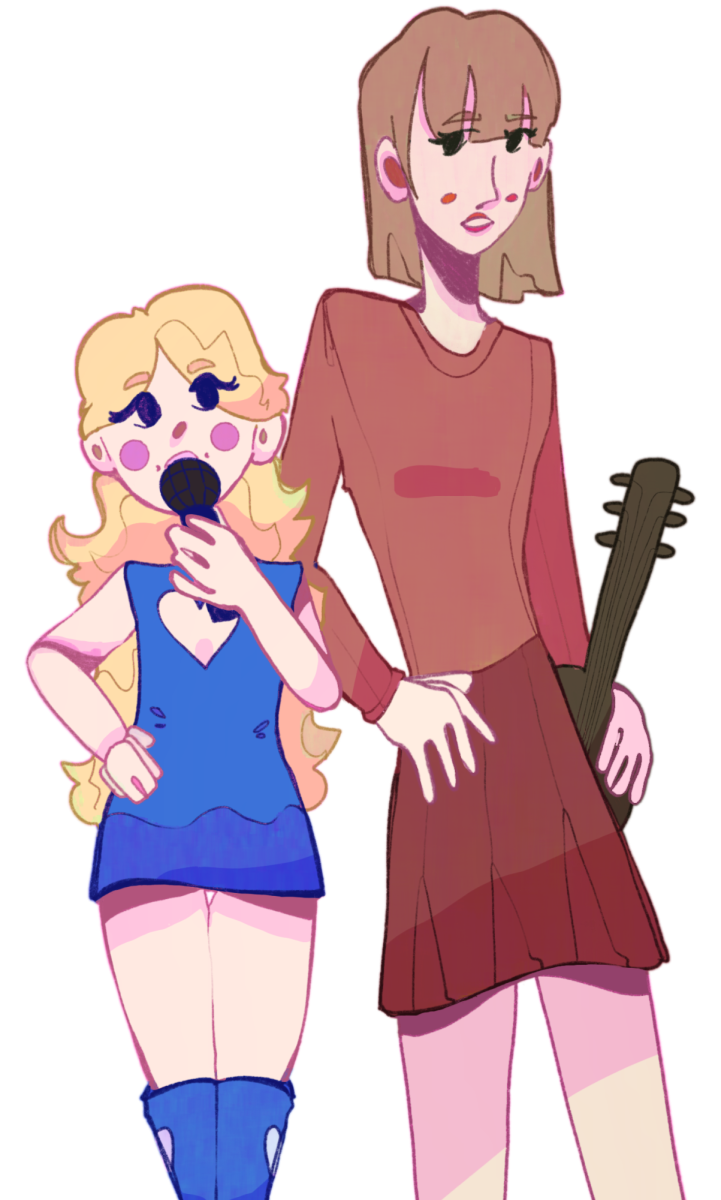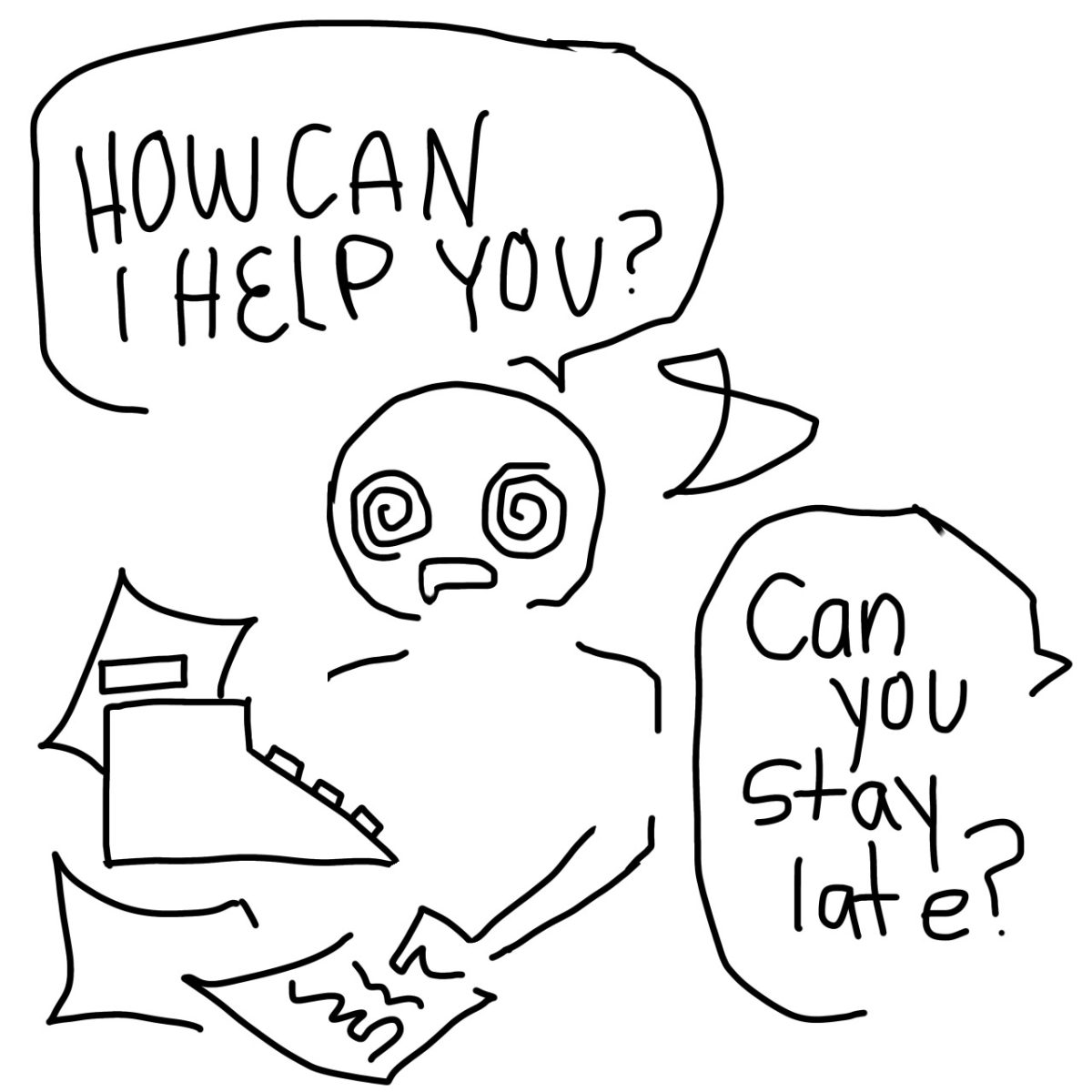This year, the shopping extravaganza known as Black Friday takes place on Nov. 24. It takes place the Friday after Thanksgiving and is a day where people can spend a ton of money on things they probably do not need. People throw away about 80% of the items they buy on Black Friday after using them once or not at all.
The term ‘Black Friday’ comes from Philadelphia, when hundreds of thousands of people would flood the city for the annual Army-Navy football game. Cops used this term to represent the chaos that ensued.
Growing up, I remember watching the news with my parents and seeing everyone sitting outside in the below-zero weather, waiting to enter their first store of the day. I wanted to participate badly, but my mom thought it was pointless. People waiting for chaos to ensue was something she did not want to join in on. All I wanted was to make my own Black Friday haul video like the ones I watched on YouTube for hours.
As I got older, I started to understand my mom’s point of view more. Why would anyone want to sit outside in the cold for hours to fight other people while shopping? Especially today, when most companies start their sales about a week before the retail holiday.
Along with sales starting earlier in the season, deals used to be different than they are. I remember people shopping for deals that were 70 to 80 percent off. The average sale is now 25%, not worth leaving the house for me. You will sometimes see a rare buy-one-get-one deal, but nothing close to old deals. The value of deals is worse because of the supply chain disruptions.
In the past ten years, Black Friday has completely changed courses. Black Friday has gone from being primarily an in-store event to almost entirely online. COVID-19 may have impacted the change, but even before the pandemic shut everything down, in 2019, Black Friday topped Cyber Monday in online sales. Even though most companies will have the same deals on both days, People forget about Cyber Monday.
The reason Black Friday is so popular is because companies appeal to consumers. They prompt people to buy more than they need with their money. All these brands want is to attract people to their stores or websites, so they will put more and more stuff in their carts than they had already planned on buying because it’s “a good deal”.
More people are shopping on Black Friday because of inflation. With the increased price of living, more people rely upon sales to survive. The increased cost of living only causes brands to increase sales to appeal to more people, which will cause more people to buy, leading to this never-ending cycle.
Also, Black Friday is horrible for the environment. According to Waste Managed, 2023, Black Friday is predicted to produce 429,000 metric tonnes of greenhouse gasses from deliveries alone. In 2021, the UK alone produced around 390,000 metric tonnes of greenhouse gases. While some companies are trying to reduce emissions by participating in Green Friday, an eco-friendly version of Black Friday, it is not enough to make a significant impact. People are still going to buy what they want.
Now, the malls have become deserted. Most of the stores have closed because they needed more business during COVID. Online shopping has become so big that leaving the house to buy something is not appealing. You don’t even have to leave the house to get groceries anymore.
Black Friday has changed in many ways, but change is not always good. Some things need to stay as they were. Even if Black Friday returned to how it was, I still would not go shopping, but the appeal to go would be greater for others. I feel like shopping in-store on Black Friday would make people buy more because someone else will take it if they do not. If you shop online, you have time to consider what you want.









